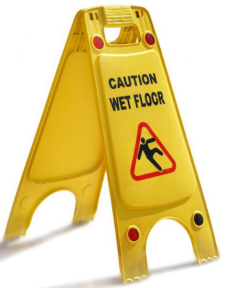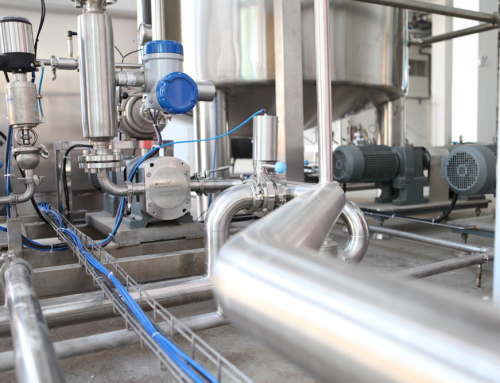Slip and fall injuries are increasing in numbers. In Canada, over 40,000 employees are injured every year due to these accidents.
According to the 2011 statistics by Association of Workers’ Compensation Boards, these accidents represent as many as 17% of ‘time-loss injuries’ accepted by commissions and compensation boards across the country.
In 2015, 44,739 lost time claims were for fall injuries out of a total of 232,629 claims. This indicates the importance of safety planning and training that must be routinely carried out by companies.
How to prevent these accidents?
Accidents are preventable. Companies, factories and other workplaces can benefit from these tips:
-
Prepare a detailed safety plan
Planning ahead can help ensure safety at the workplace. Establish safety procedures and ensure availability of necessary equipment, if required. This includes routine training for staff, implementing the right procedures, and streamlining reporting of injuries.
Assign different roles to adequate personnel or group of people. This will help keep all the guidelines and procedures up-to-date.
-
Practice good housekeeping
Proper housekeeping should be routinely practiced. Poor housekeeping can increase the risk of employee injuries and simultaneously increase insurance costs. Facilities that are clean and well organised indicate the impact of a successful safety program.
Make sure there’s a dedicated team of housekeeping staff that carry out routine cleaning, at least once every day.
-
Reduce slippery, wet floors
Most frequently, injuries occur on walking floors such as in parking lots, sidewalks, shower stalls, food preparation areas, and other floors.
On outdoor floors, traction can change due to weather. Snow and humidity can make floors slippery. Take appropriate steps to keep the floors in good condition.
Indoor control measures must also be taken to reduce slip and fall incidences. Display wet floor signs, clean up spills immediately, use anti-skid tape, and take other similar precautions.
-
Avoid creating obstacles
Tripping accidents usually happen because of obstacles placed in corridors and other passageways. Proper housekeeping includes ensuring all such obstacles are removed.
Also, train your staff to prevent them from placing of such obstacles it the first place. Avoid leaving cabinet drawers open, boxes lying around on the floor, and leaving loose items such as tissue paper.
Periodic inspections can also prevent clutter and associated injuries.
-
Ensure proper lighting
Poor lighting can increase the risk of these accidents. Make sure all hallways and other areas are properly lit.
Use proper illumination for darkened rooms, stairways, basements, dock areas, and construction areas. Steer clear of clutter, keeping light switches easily accessible. Repair electrical fixtures and replace malfunctioning ones.
-
Make it compulsory to wear proper shoes
Proper attire is necessary, especially shoes to prevent slip and fall injuries. Wearing the right footwear may be part of dress code at various workplaces. Ensure implementation of guidelines in this regard.
It’s ultimately your responsibility to make the workplace safer for all employees. Metro Safety helps train your employees in preparing a fall protection safety plan. Our workplace safety courses in British Columbia have helped several companies design a compliant safety manual.
Contact us for fall protection training today!






